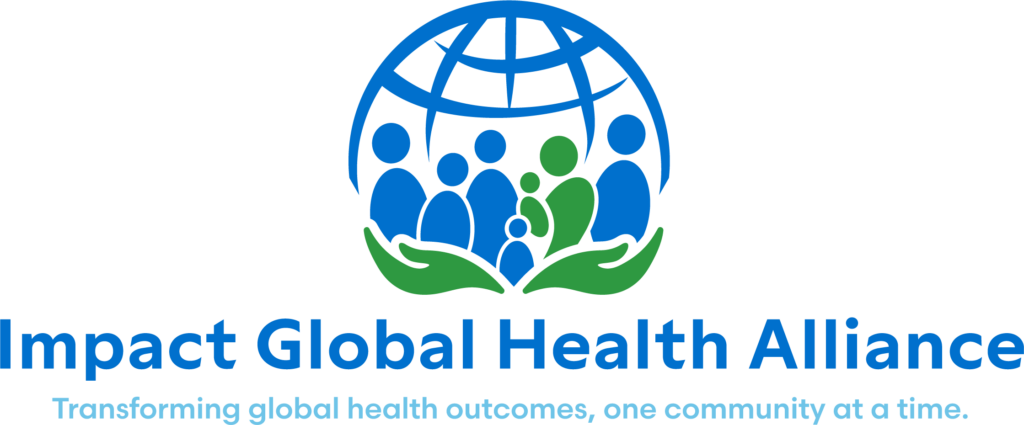Elsa was only 16 when she got pregnant with her first child. She lived with her mom, also a single mother, and a younger sister in a very modest wooden home about a 30 min walk from the center of Pueblo Nuevo. As soon as she learned she was pregnant, Elsa and her mom hired Rosa as a midwife.
Rosa had worked closely with the staff at the Casa Materna for a couple of years and encouraged Elsa to seek prenatal care there throughout her pregnancy. Elsa walked all the way from her house to the Casa Materna for all four of the recommended prenatal exams.
During her pregnancy, Elsa discussed her birth plan with Rosa, who strongly encouraged her to give birth at the Casa Materna, despite her mother’s preference for the birth to be at home. When Elsa started having contractions, she knew she had to head straight to the Casa Materna. She walked the entire way, by herself, while in labor. After many hours of labor, supported closely by her midwife Rosa and the staff at the Casa Materna, Elsa gave birth to a healthy baby girl. She spent the recommended 12 hours at the Casa Materna before returning home to rest.
In addition to providing prenatal care and a safe space for labor and delivery, the Casa Maternas also provide postnatal care. As part of our community outreach, each newborn and their mother receive a home visit within two days of delivery. It was on this visit to check on Elsa and her baby that the Casa Materna staff discovered an infection in the baby. Being a first-time mother, as well as a very young mother, Elsa was not familiar with the danger signals and signs in newborns. Luckily, because of our comprehensive follow-up system, the staff was able to catch the infection before it got  serious. They taught Elsa how to take care of it and took advantage of the opportunity to provide additional important health education.
serious. They taught Elsa how to take care of it and took advantage of the opportunity to provide additional important health education.
The visit that Elsa received after her delivery is an example of the constant contact our staff has with the beneficiaries of our projects, which is an essential part of our community-based healthcare model. With staff and community health volunteers regularly interacting with community members, they are able to gather health information and stage interventions much earlier than if they were waiting for community members to seek health services at facilities.
This allows us to respond in real-time to the needs of the communities and has been a foundational aspect of our work, contributing immensely to the reduction of preventable deaths in the communities where we work, so that more moms like Elsa can have healthy pregnancies, safe deliveries, and happy babies.
Anyone wanting to make a difference can donate now. Your contributions, small or big, will save lives.




